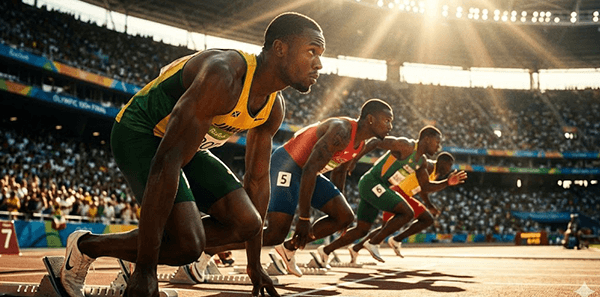
2027 WADA code: key changes & legal analysis
Analyze the 2027 WADA Code key changes in this final draft summary. Essential guide for lawyers on the Independent Review Expert, new appeal deadlines, and sanctions.
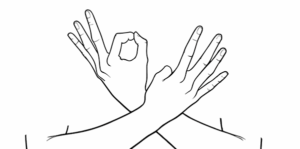
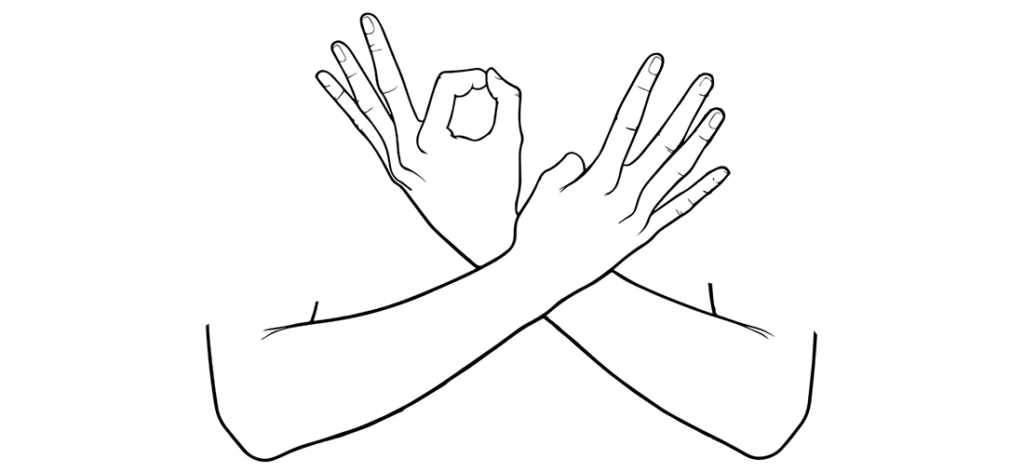
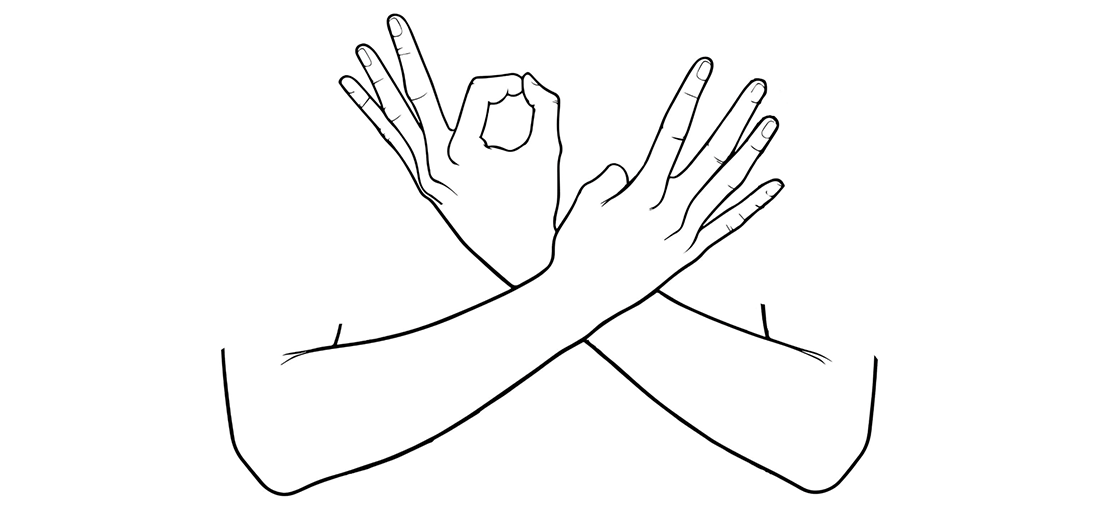
The recent registration of Lamine Yamal’s “304” celebration as a figurative trademark with the EUIPO is not a mere anecdote, but a masterclass in the evolution of intellectual property in sports. For lawyers and agents, this case has become a key reference on how to transform an athlete’s fame into a protected and monetizable legal asset. This article breaks down the legal keys to the case and offers a practical guide for applying these strategies.
One of the first points of analysis for any sports law professional is choosing the correct protection vehicle. Yamal’s strategy of opting for a trademark over copyright is legally flawless.
A trademark does not protect an idea, but rather its function as a commercial source identifier in the marketplace. By registering his gesture, Yamal is not protecting the “choreography” of his celebration, but its ability to distinguish products (clothing, footwear, etc.) associated with him. For all practical purposes, it’s his personal logo.
Copyright protects original works (literary, artistic, etc.). A celebration, due to its simplicity, rarely meets the “originality” requirement of a choreographic work. Copyright protection would have most likely been denied or, at the very least, been extremely weak.
Herein lies the core of the legal issue and the greatest challenge to overcome. A gesture is, a priori, generic and not registrable.
Lamine Yamal’s legal team has based its success on the doctrine of acquired distinctiveness through use. Thanks to massive media exposure and its consistent use by the athlete, the public no longer perceives a simple number but unequivocally associates the gesture with the footballer.
This phenomenon turns a generic sign into a distinctive legal asset. The clearest precedent is Usain Bolt’s iconic “Lightning Bolt” pose, which followed the same path to become a registered trademark:
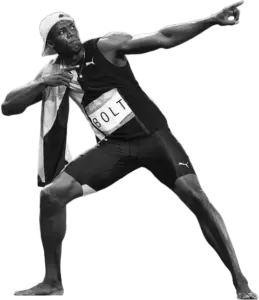
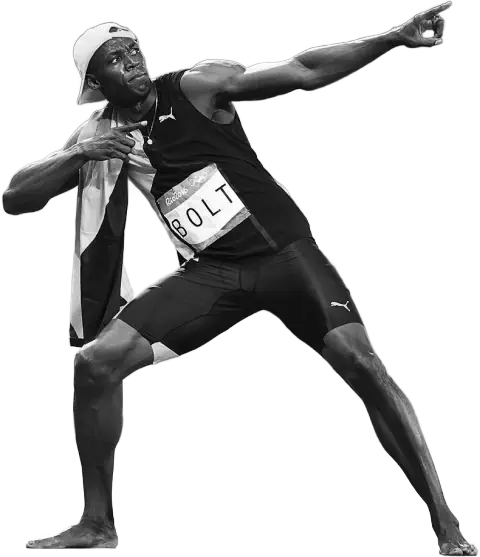
Beyond analysis, the Yamal case offers a clear roadmap for sports lawyers and agents managing footballer image rights.
The first step is to identify the assets. Do not limit yourself to logos or signatures. Conduct a complete audit that includes:
Registration must be strategic. As stated in the public file of the European Union Intellectual Property Office (EUIPO), available for consultation here, Yamal’s team has sought protection for key classes such as:
The correct selection of classes is fundamental to ensuring effective commercial protection aligned with the athlete’s business objectives.
Sponsorship, advertising, and representation contracts must evolve. It is crucial to include specific clauses that define:
Registration is just the beginning. It is essential to establish a monitoring system to detect unauthorized use or attempts to register similar trademarks that could cause confusion. Active defense of the trademark is what guarantees its long-term value.
The Lamine Yamal case confirms that intellectual property in sports is no longer an ancillary area but has become a central pillar of an athlete’s career. For lawyers and agents, this means that elite advisory is no longer limited to contract negotiation but demands a 360º vision that integrates the proactive protection of all the athlete’s intangible assets. The future of sports advisory is already here.
To gain a complete understanding of the industry—from transfers and the new agent regulations to image rights—cutting-edge training is essential. Our Football law course: essential aspects for lawyers and agents is designed precisely to give you that 360º vision and the practical tools to excel in the industry.

Analyze the 2027 WADA Code key changes in this final draft summary. Essential guide for lawyers on the Independent Review Expert, new appeal deadlines, and sanctions.
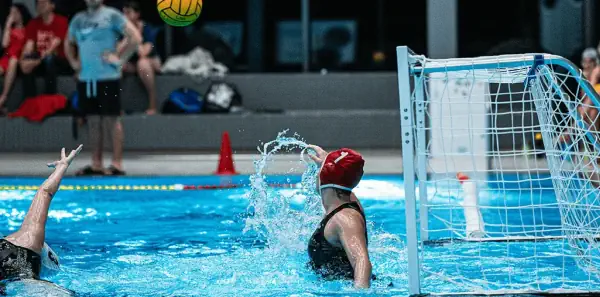
A legal analysis of the new regulations for pregnant athletes in Spanish water polo. What does the ‘zero slot’ imply and how does it compare to FIFA’s rules? An in-depth examination at Sports Law Hub.